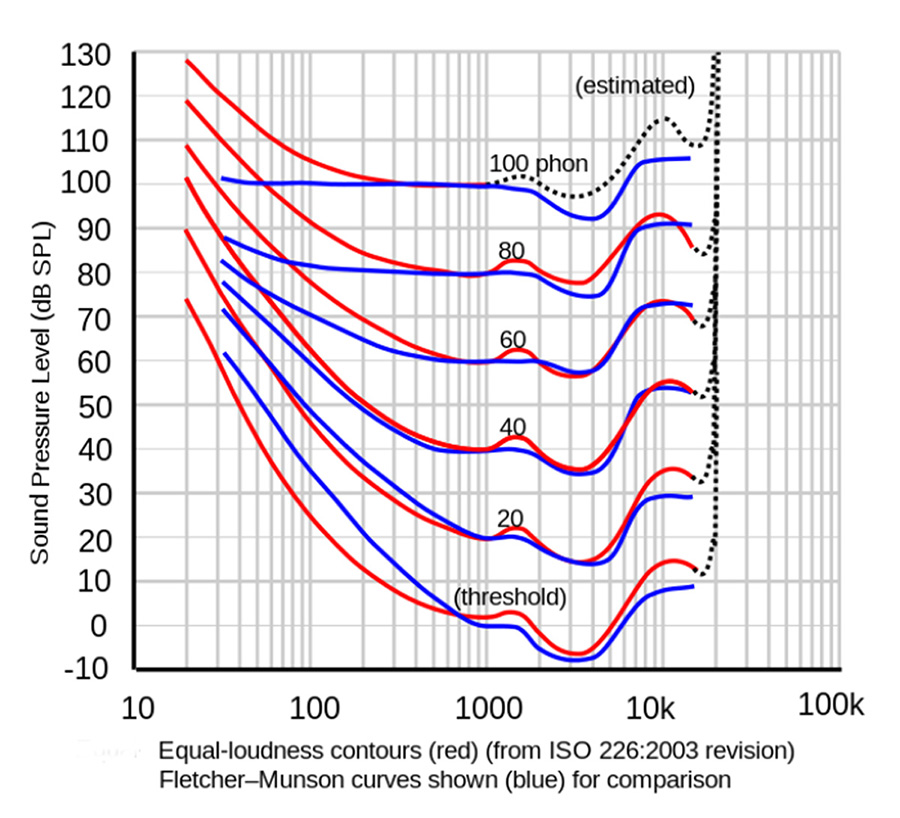We’ve all been to a show that was uncomfortably loud – piercing, yet unintelligible. The upper end of the mix is crowded, harsh and honestly, painful. After only a few minutes of listening, ear fatigue sets in. You want to leave, but that nagging $40 concert ticket compels you to stay.
Then there’s the opposite experience, a great performance paired with a beautiful mix that’s both huge and enveloping.
While I’ve experienced far too many shows in the first category and not enough in the second, I’ve yet to see a common link between an overly-loud sounding show and the age, experience, or career success of the front of house engineer.
Whether it’s the result of hearing damage, poor practices, pressure from band management, or some combination thereof, one thing is certain – audience members pay the price.
Audio professionals have a responsibility to deliver a performance to the listener without compromising the quality of the show. The problem, however, is that many engineers and technicians, if asked, would be unsure of what it is exactly that they’re shooting for, let alone how to get there. So let’s connect some dots between what we’ve experienced in the field and what we know to hopefully start laying some foundational knowledge.
Not Linear In Response
In order to understand what to avoid in terms of both mixing approaches and system equalization, it’s important to first understand why we hear music the way that we do.
In 1933, two physicists from Bell Labs, Harvey Fletcher and Wilden A. Munson, published a paper titled Loudness, Its Definition, Measurement, and Calculation where they revealed a groundbreaking discovery: the human ear is not linear in its response – that is, it is incapable of hearing all frequencies evenly.
The discovery was the result of a series of tests where subjects would listen to a 1 kHz tone through a pair of headphones, followed by a 2 kHz tone, with subjects then asked to determine if the second tone was louder or softer than the first. This process continued up and down the audible spectrum, each time against 1 kHz as a reference level. The resulting curve, taken from an average of the responses, became known as the Fletcher-Munson curve.

The tests conducted were not without flaws, and in addition to the limitations of testing equipment in the early 1930s (such as poor low-frequency reproduction), many participants had traveled by train so were exposed to varying levels of environmental noise only minutes before the test. In recent years, the ISO re-created the test with greater accuracy and published the revisions, which are now called “Equal Loudness Contours.”
The experiment yielded another important finding: the curve changes as the listening volume increased. At the threshold of hearing (around 10 Phons), we are eight times as sensitive to frequencies in the 1 kHz range as we are to those around 100 Hz. However, at 100 dB SPL, the curve flattens considerably, and the difference is only about twice the sensitivity. This means that we hear frequencies the most evenly at higher levels, and as a result, music sounds more “full.”
At this point, you might be asking why in the world our hearing response would have such a strange shape, not to mention the dynamic flattening effect at higher listening levels. The answer lies within the construction of the ear, which in itself is a brilliant piece of architecture.
Most of us at some point have taken a high school health class where we learned the basic components and divisions of the ear – ear canal, eardrum, hammer/anvil, cochlea – but let’s take a look at it from an audio engineer’s perspective, and things will begin to make a little more sense.















